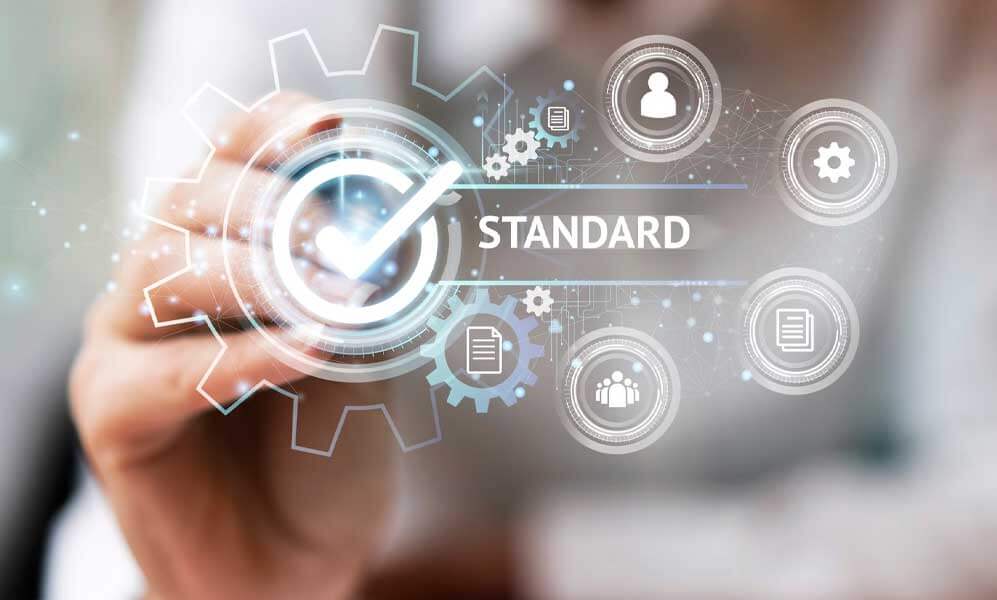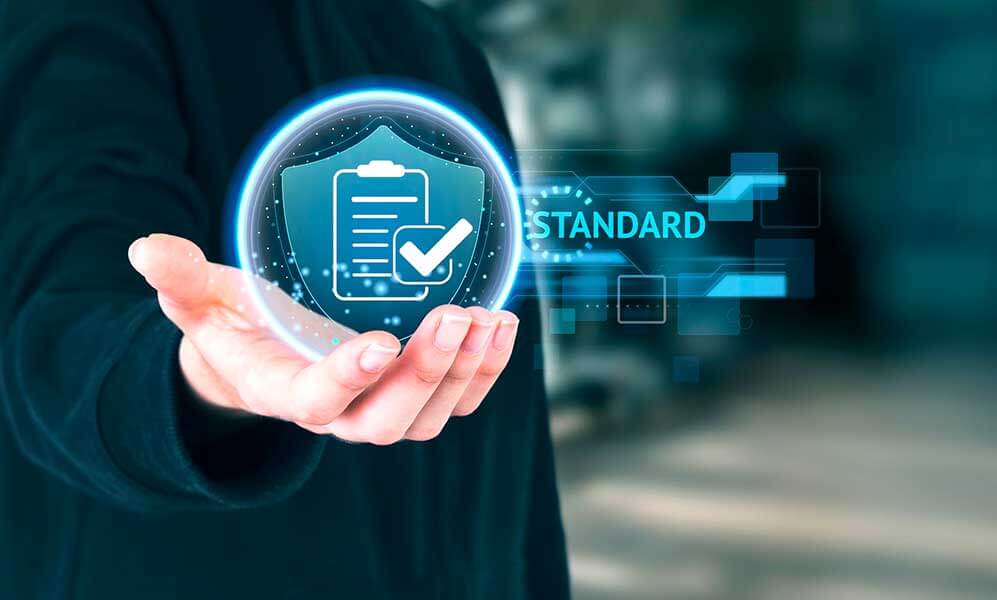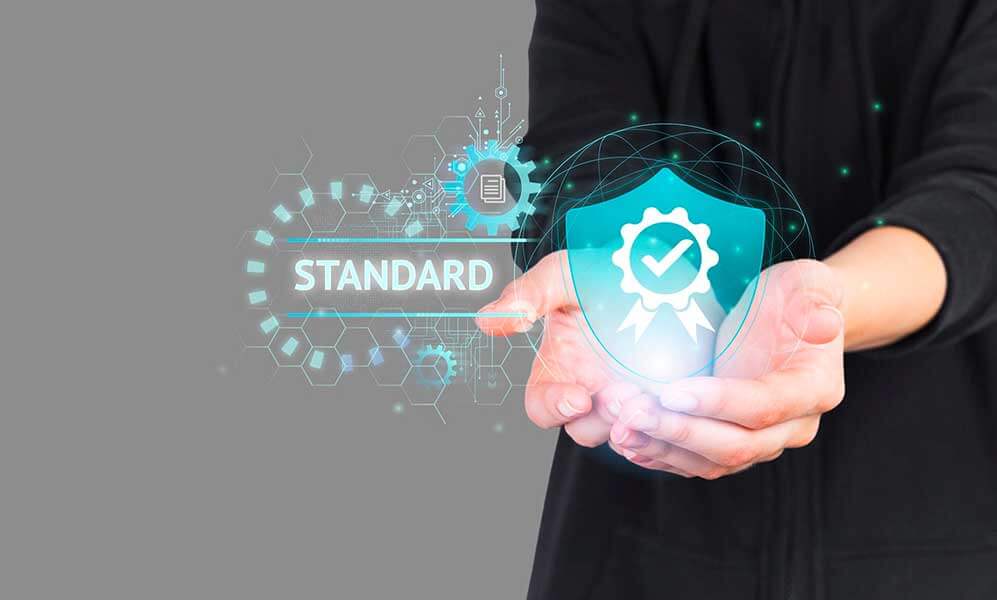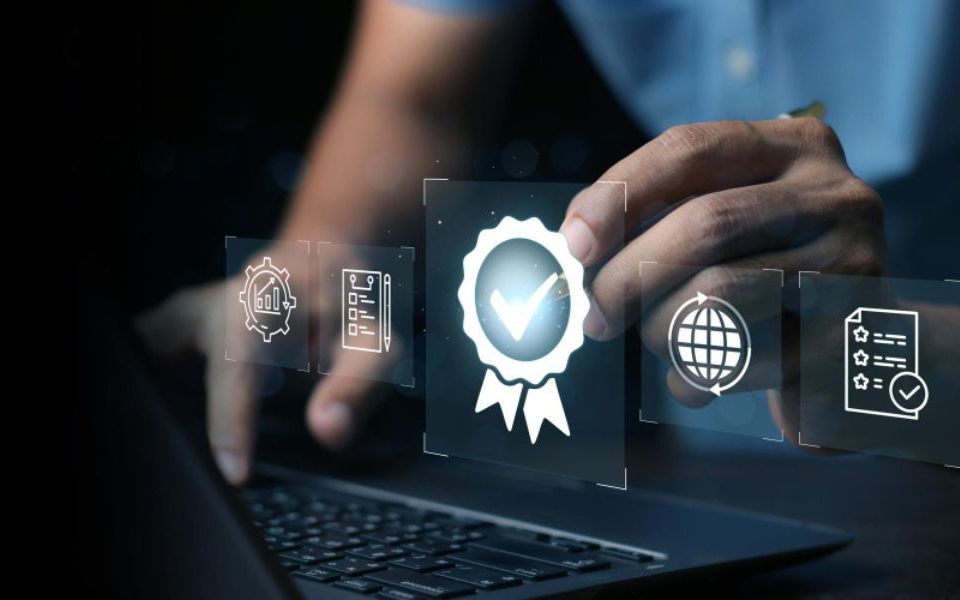
Understanding the Life Cycle Perspective in ISO 14001:2015
February 1, 2024
Building a Culture of Safety and Well-Being: The Role of ISO 45001:2018 and Employee Engagement
February 14, 2024The inclusion of the Life Cycle Perspective in the ISO 14001:2015 Environmental Management System is not arbitrary; rather, it is a deliberate and strategic move towards sustainable environmental management. This systematic approach provides top management with information crucial for long-term success and contributes to sustainable development by influencing the organization’s products and services across their entire life cycle.
Unlike Life Cycle Assessment (LCA), which is not a mandatory requirement in ISO 14001, the Life Cycle Perspective emphasizes a thoughtful consideration of life cycle stages that can be controlled or influenced by the organization. The annex to ISO 14001 A6.1.2 clarifies that a detailed LCA is not obligatory; what matters is a conscientious examination of the stages relevant to the organization’s activity, product, or service.
Factors for Consideration
When applying a life cycle perspective to its products and services, the organization should consider various crucial factors:
Stage in the Life Cycle: The organization should identify the specific stage in the life cycle of the product or service under consideration.
Degree of Control: Assessing the degree of control over life cycle stages is essential. For example, a product designer may be responsible for raw material selection, while a manufacturer may focus on reducing raw material use and minimizing process waste. Users, on the other hand, may only have control over product use and disposal.
Degree of Influence: Understanding the degree of influence is critical. A designer may influence manufacturing methods, while a manufacturer may influence both design and product use or disposal methods.
Product Life: Considering the life of the product is vital in understanding the overall impact on the environment.
Influence on the Supply Chain: Evaluating the organization’s influence on the supply chain provides insights into broader environmental impacts.
Length of the Supply Chain: The length of the supply chain is a significant determinant, affecting the overall environmental footprint.
Technological Complexity: The technological complexity of the product plays a role in resource use and environmental impact.
Considering these factors, the organization can prioritize stages in the life cycle over which it has the greatest control or influence. This strategic approach offers the greatest opportunity to reduce resource use and minimize pollution or waste, aligning with ISO 14001’s goal of fostering environmentally responsible practices throughout the product life cycle.
In essence, the Life Cycle Perspective empowers organizations to proactively address environmental concerns, contributing not only to compliance with environmental standards but also to the broader goals of sustainability and responsible resource management. It represents a forward-thinking approach that goes beyond mere regulatory adherence, fostering a culture of environmental responsibility throughout the entire life cycle of products and services.





